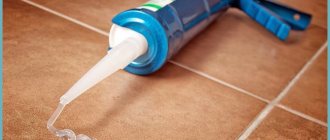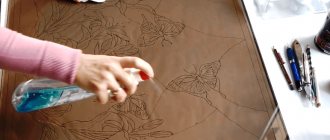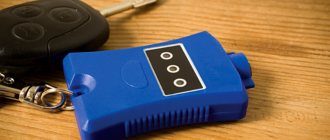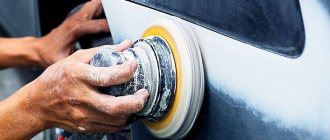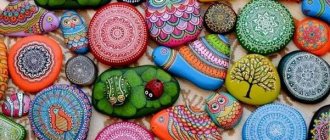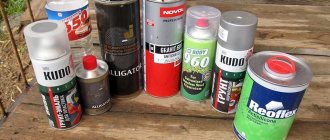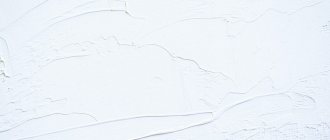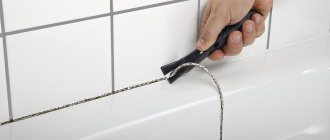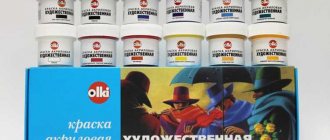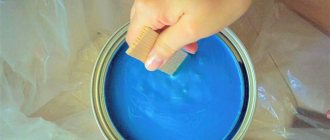For painting and creating small designs on various surfaces, simple brushes are usually used, but processing with an airbrush and spray gun in most cases allows you to achieve a much better result. A correctly configured tool will help you paint walls, decorate a facade, a fence or a car body. But not many beginners know how to use an airbrush. First you need to understand its characteristics and operating principles.
Airbrush characteristics
An airbrush is a device that works on the principle of spraying paint in a kind of “torch” formed by air in a solution with small particles of a substance. The airbrush device regulates the supply of this solution, which allows it to be applied in a thin layer to the coating being treated.
When used correctly, a high-quality tool sprays the dye in a narrow stream of up to 2 mm, so you don’t need to wear a mask during processing.
There are two main types of airbrush - single and double action. The first, when used, controls only air, the second controls the supply of air and paint. Single-action tools are easy to use, inexpensive, and have a small number of components that are easy to clean. But with their help you cannot apply small spots or stripes, and they are also difficult to adjust.
Working with a double-action airbrush allows for more precise work, but such a device is expensive and contains a large number of components that require careful maintenance. Cleaning these parts is quite a labor-intensive procedure.
On video: types of airbrush control.
Choosing a professional airbrush
In the process of their work, various categories of craftsmen are faced with the need to carry out fairly accurate painting work. For example, by applying thin layers or treating small surfaces. At the same time, it is important for artists not only to be able to work with small volumes of paint, but also to achieve high detail, accurately drawing fine lines and without encountering drips. The spray gun is not able to offer such capabilities. Therefore, it is worth choosing an airbrush in order to solve both subtle artistic and various additional design tasks with greater convenience.
Criterias of choice
The choice of tool depends on what types of airbrushing will be performed. Typically, inexpensive airbrushes with a thin nozzle and needle are used. Even beginners can work with such a device. But those who want to engage in airbrushing at a professional level should consider the following points when choosing:
- Volume of the dye tank. It is best if it is from 2 ml;
- Sealing the needle and nozzle - drawing will be more comfortable if the seals are made of Teflon;
- The nozzle diameter in high-quality airbrushes should be at least 2 mm;
- The device should be easy to replace the main components such as the reservoir, trigger and nozzle;
- Protection of seals from the effects of used reagents;
- Possibility of adjusting pressure and paint supply.
Purchasing a tool taking into account all the criteria will allow you to perform high-quality and beautiful painting of any surface.
Spray gun
This tool covers a larger area. It is no longer used for painting, but for applying chocolate or its mixture with dye. The drops turn out to be larger, and the coating looks like velor. Just what you need for the final processing of the cake. A textured matte surface is simply unattainable by other means.
Principle of operation
There are 3 types of spray guns: pneumatic, electric and combined.
- Pneumatic ones require a compressor and use air to spray. Such models are more expensive; professionals use them in construction or confectionery for large production volumes.
- Electric airless ones are connected to the mains and spray paint under pressure. The drops are larger and the stream less uniform - however, the price of such models is lower.
- Combined - a hybrid of the previous types. Like airless ones, they are inexpensive and weigh relatively little. They have a built-in compressor, which allows you to get high-quality velor on cakes. Exactly what the pastry chef needs.
The spray gun does an excellent job with the velor coating of the dessert: it makes the smooth surface textured. When choosing a tool, pay attention to the nozzle diameter. For chocolate velor it should be 2.5–3 mm. A larger nozzle means a thicker coating. The viscosity of the mixture with which the device works is also important. For applying chocolate, the best value is 60 din.
Now you just have to decide on the task and choose what is more suitable - a spray gun or an airbrush
